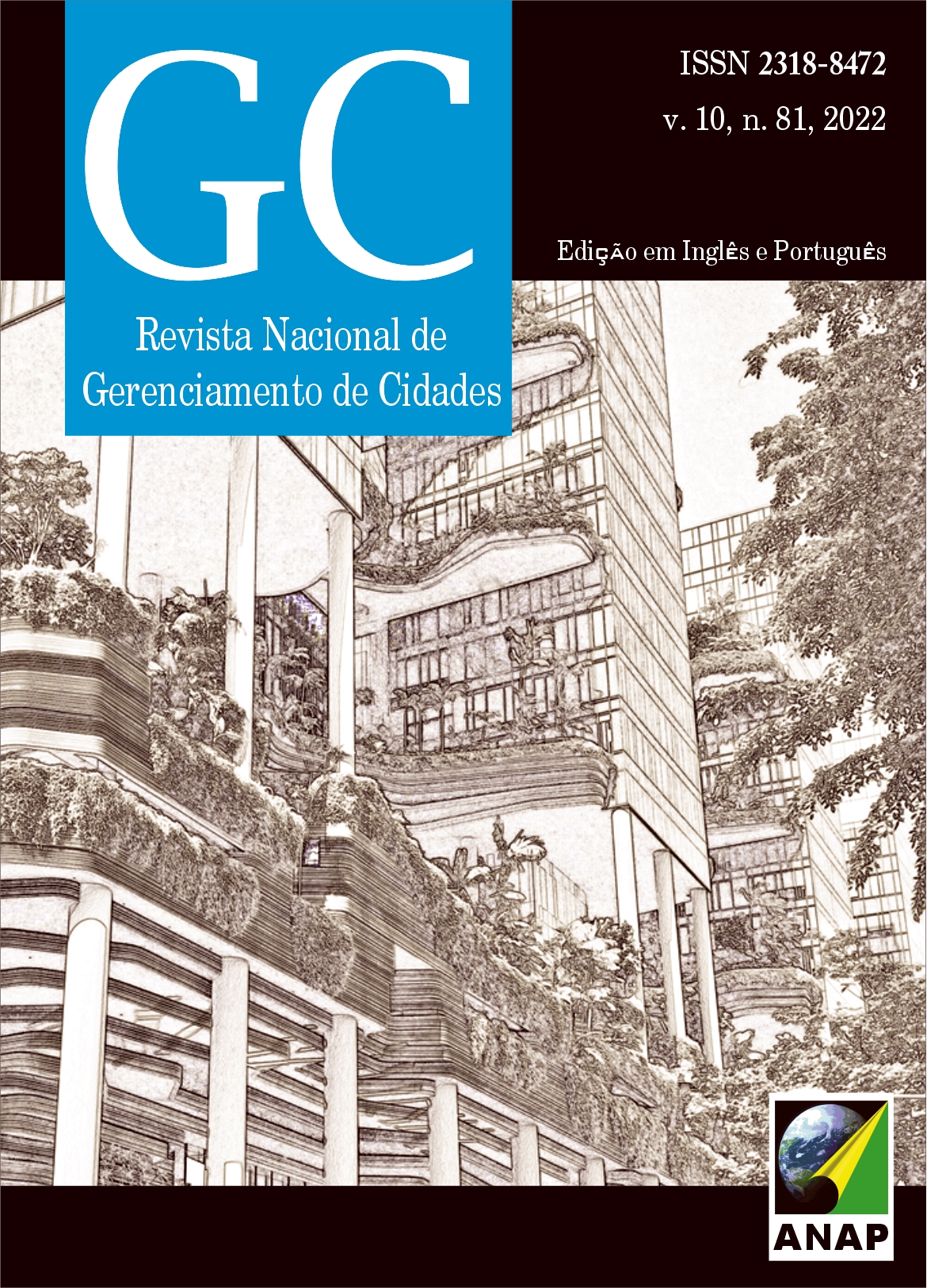The effects of “new centralities” on Goiania’s urban space
DOI:
https://doi.org/10.17271/23188472108120223352Keywords:
Centralities. Urban space. Goiânia.Abstract
This article describes the process of configuration of new centralities in the city of Goiânia and its effects on urban space production, mainly in the last 50 years. Initially, the concepts of center and centrality are presented, followed by the analysis of three fundamental conditions of urban structuring in the metropolis: “unplanned” urban expansion; multiple urban development axes; and (apparently) disconnected and fragmented centralities. Subsequently, the production of urban space in Goiânia (1933-2020), is the object of analysis, as well as the effects of the “new centralities” in its urban expansion process. The urban analysis methodology consists of the analysis of historic documentation from its urban planning process through the last decades and fieldwork documentation. Thus, this article discusses the (re)configuration and (re)signification of centralities as a result of the social production of urban space, as well as its effects on urban expansion and on the expansion of socio-spatial segregation in Goiânia in the 21st century. Therefore, we focus in the description of the strategies of economic and political control of the territory in the emergence of “new centralities”, understanding it as protagonists of the urban structuring of the metropolis of Goiás, influencing urban expansion, socio-spatial segregation and institutionalization of the urban peripheries.
Downloads
Published
Issue
Section
License

This work is licensed under a Creative Commons Attribution-NonCommercial-ShareAlike 4.0 International License.















